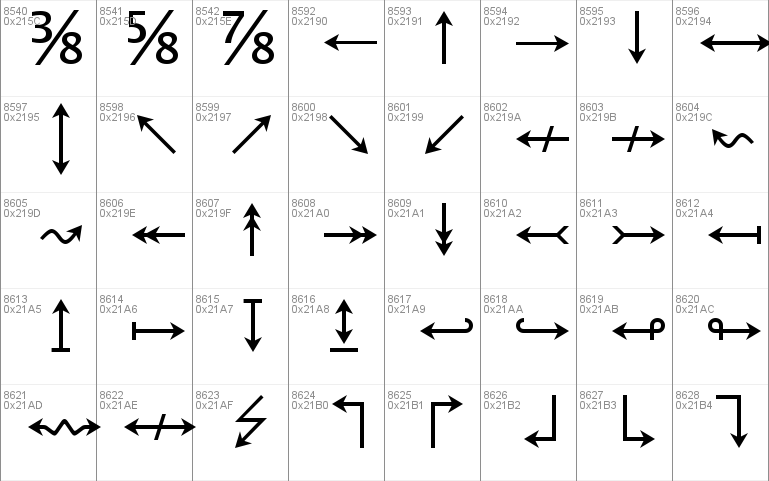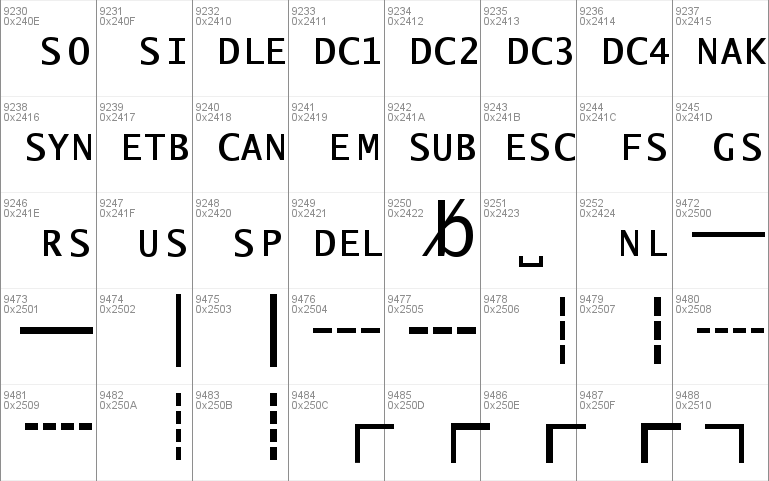
Have to do to get it to work properly…more mainstream fonts like Arial, Any visual impact you might get byĬhoosing the font is completely offset by the amount of jiggery-pokery you This is unfortunate a comment under the article says: “Lucida as a


He recommends using Lucida Sans Unicode with Lucida Sans italics in a webĮnvironment (though our concerns about the on-screen appearance of Lucida Unicode, which he says also has some problems but is a better alternative. Normal weight (his screen capture of the problem mirrors what we see at myĬompany with Lucida Sans on screen), and compares it unfavourably to Lucida The author of the article complains that Lucida Sans looks “hideous” at A link that was suggested to me does seem to back You need to consider the aesthetics as well as how compatible the new font family will be in terms of how your documents flow, whether for long documents you will need fewer or more pages, etc. The amount of work you will need to do will not be any less by choosing one of them. In terms of changing to another font family, yes it will be a major pain in the tuchas, if you need to go to such a “plan B” I certainly would not limit myself to Microsoft's system fonts. Maybe you would like the screen rendering of the OpenType CFF version of Lucida Sans better, maybe not. Adobe shipped a Type 1 version of the font many years ago and then reissued the font as an OpenType CFF font (OpenType format with Type 1 font outlines) with its last major revision in 2002.
Embedded lucida sans unicode windows#
The version that ships with Windows is a TrueType version dating back at latest to 1999 (based on the time stamp on the font file). (2) There are multiple versions of Lucida Sans available. Otherwise we would only have one serif and one sans serif font! That's OK! It's perfectly fine to be subjective about fonts. (1) The rendering of Lucida Sans on a higher resolution screen actually may be a more accurate rendering of the font given the extra pixels available for such rendering, you actually can see it better and more than you might when perusing paper, and in fact you really don't like the design.

There is something inconsistent in your description, though! Given that you find Lucida Sans performing well for print (assuming 600 or 1200dpi) and conceivably OK for low resolution screens, it makes little technical sense that it wouldn't perform better on higher resolution screens than on lower resolution screens. What was loved and leading edge 28 years ago may not be that well regarded today.

However, times change, technology changes, and tastes change. In 1985 when I was working for Imagen, an early laser printer vendor, we very successfully bundled Lucida and Lucida Sans with our 240 and 300dpi products. In terms of yielding well-rendered text on low resolution laser printers, Lucida and Lucida Sans was fairly successful. Note that at that time, especially given the very low resolution of computer CRT screens and lack of processor speed and memory, screen display was normally done with hand-tuned bitmap fonts on-the-fly screen rendering was not feasible. The design of these typefaces was done to specifically address the issues of renderability and readability with the 240 to 300dpi laser printers of the day, not necessarily for screen reading. The Lucida and Lucida Sans family of typefaces were designed back in 1985 by Charles Bigelow and Chris Holmes.


 0 kommentar(er)
0 kommentar(er)
